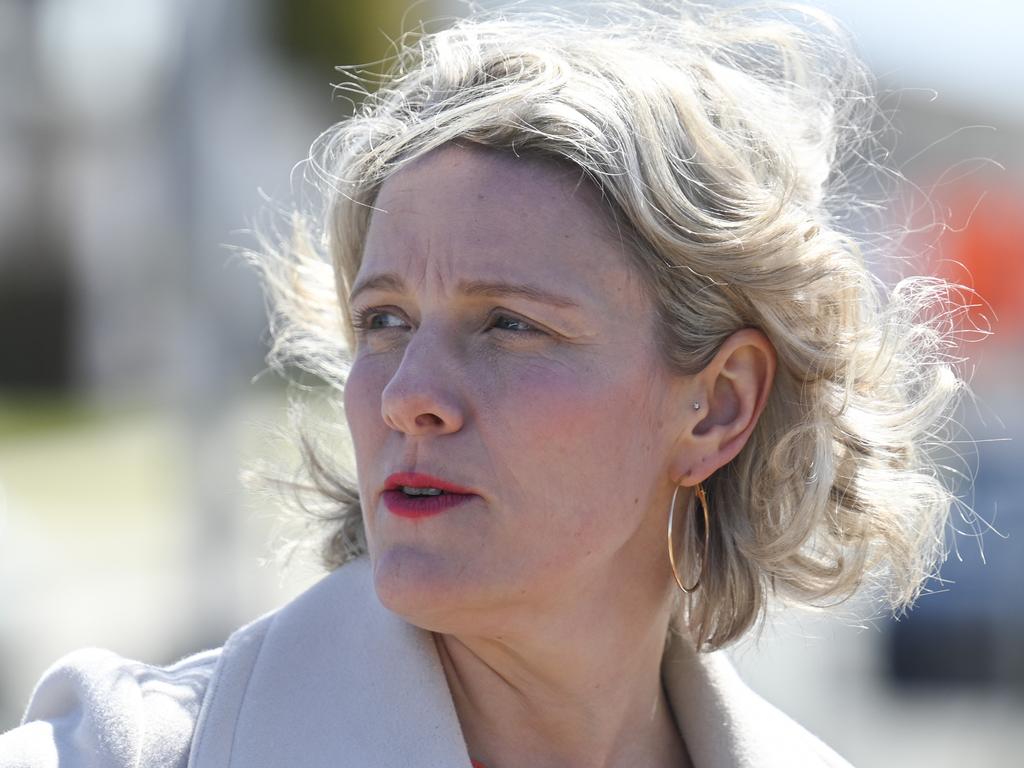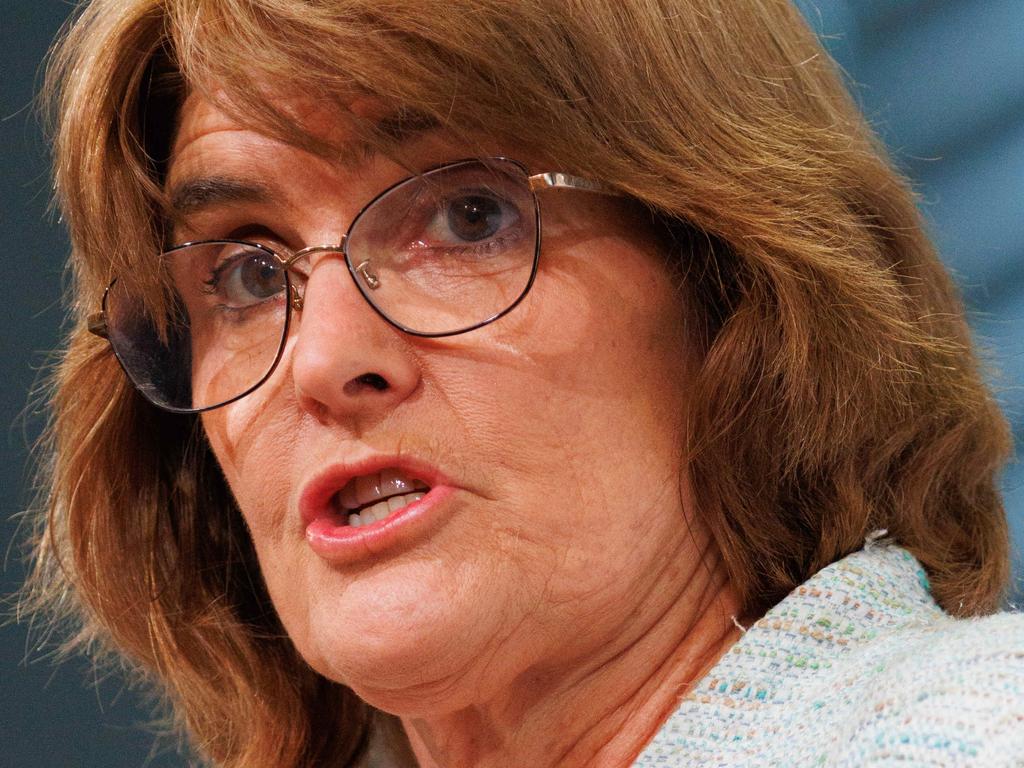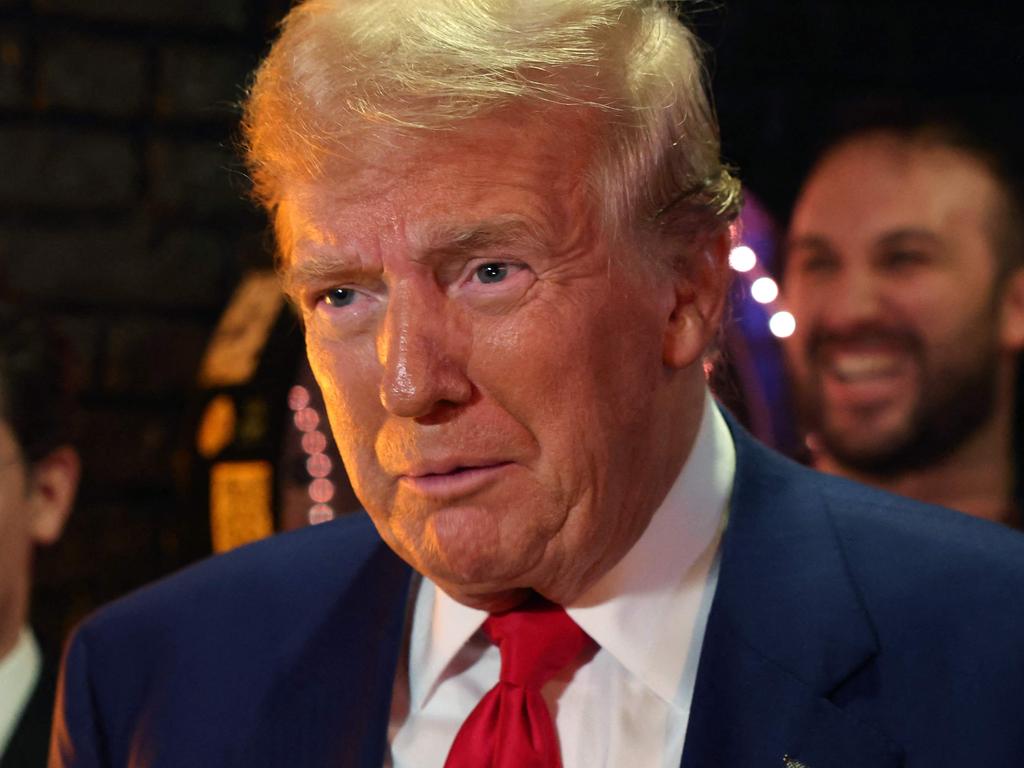47,500 jobs jump gives RBA cause to hold line
Australia’s jobs market gained a bumper 47,500 new roles last month, locking in expectations that the Reserve Bank will keep interest rates on hold for the rest of this year.

Australia’s jobs market gained a bumper 47,500 new roles last month, locking in expectations that the Reserve Bank will keep interest rates on hold for the rest of this year even as the US Federal Reserve joined a host of central banks in cutting borrowing costs.
Fresh labour force data showed the number of new jobs created almost doubled economists’ estimates – driven by a jump in part-time roles – while holding the unemployment rate at 4.2 per cent.
The number of full-time positions fell by 3100 while the number of part-time roles surged by 50,600, the Australian Bureau of Statistics figures showed, prompting Peter Dutton to declare that people struggling with cost of living were “going back for more hours because they just can’t pay the bills”.
Despite the RBA warning last week that the economy was beyond “full employment” and adding to inflation, Employment Minister Murray Watt said the jobs market didn’t need to cool further and backed the soaring growth of taxpayer-funded jobs under Labor.
Economists, however, said the hotter-than-expected jobs numbers failed to shift the dial for the RBA, whose governor Michele Bullock has effectively ruled out cuts to the cash rate from the current 4.35 per cent, with continued jobs market among the factors cited.
EY chief economist Cherelle Murphy said: “Despite moving towards better balance over the past year, the bottom line is the jobs market is still a source of inflationary pressure – and one of the key reasons the Reserve Bank is not ready to lower the cash rate.”
Alongside measures of inflation, the jobs market will be a key consideration for the RBA at its board meeting next week when it deliberates on interest rates, which have held steady since November.
Responding to the figures, market traders trimmed their bets of a 25-basis-point point rate cut at the RBA’s December meeting from almost 90 per cent to 75 per cent. They are tipping only a 6 per cent chance of a rate cut to 4.1 per cent on Tuesday.
Speaking after the jobs figures were released, Senator Watt said further progress could be made on inflation without the unemployment rate pushing higher. “We can do both and it’s so important to make sure that Australians have got jobs,” Senator Watt said.
He defended the surge in taxpayer-funded positions, which comprise approximately two-thirds of the jobs created since the Albanese government was elected. “We make no apologies for the fact that we do invest in public services to make sure that Australians receive good quality public services,” he said.
Australian Chamber of Commerce and Industry chief executive Andrew McKellar said people were taking a second or third job to “keep their incomes up at a time when the cost of living has been going up”. “The good thing at the moment is, I think, that there is still demand there for labour and obviously we want to see that sustained for as long as possible,” Mr McKellar said.
RBC Capital Markets chief economist Su-Lin Ong said the part-time increase was “correcting for the last four months of full-time skew”.
The-stronger-than-expected jobs gains come after the Federal Reserve followed the lead of central banks in Canada, New Zealand, England and the European Union, reducing the key interest rate in the US on Wednesday (Thursday AEST) by a super-sized half-percentage-point to a range of 4.75 per cent to 5 per cent.
Fed officials also forecast deeper rate cuts than previously expected, signalling a quarter-point reduction at each of its meetings in November and December.
Interest rate projections, according to the Fed, signalled a further four quarter-point cuts next year, taking the US official interest rate below 3.5 per cent by the end of 2025.
KPMG chief economist Brendan Rynne said it was a “line-ball call” as to whether interest rates in the US would fall below Australia’s next year.
“It really depends on how much the US economy stalls over the coming little while, and whether or not the US needs to manage the soft land it is trying to achieve,” Dr Rynne said. “Relative to Australia, the US has had a much more contractionary monetary policy setting … Today’s employment data continues to show the resilience in the Australian economy.”
Further indicating the strength in the jobs market in Thursday’s release was the participation rate – the proportion of Australia’s working-age population employed or looking for a job – which held at a record high of 67.1 per cent.
However, the underemployment rate – a measure of the proportion of workers in a job but willing to work additional hours – rose to 6.5 per cent, up from 6.3 per cent in July – as workers came under increasing cost-of-living pressures.
Amid strong population growth fuelled by still-strong migration, 39,000 new jobs need to be created every month to keep the unemployment and participation rate stable.








To join the conversation, please log in. Don't have an account? Register
Join the conversation, you are commenting as Logout